AEC 'Dream Team' Talks Unmanned Aircraft Systems
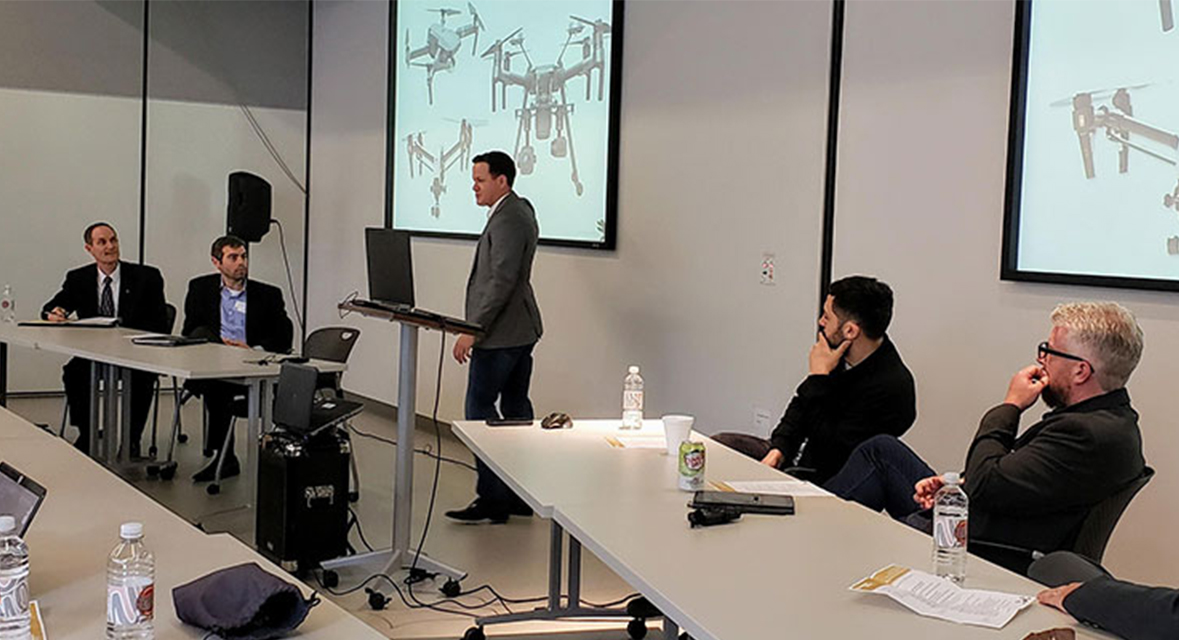
Friday, April 26, 2019 | By Tia Jewell
The First Annual Symposium for Unmanned Aircraft Systems (UAS) in the Built Environment was also the first of its kind at Georgia Tech. It welcomed industry professionals, faculty, and students from the Southeast and abroad.
Faculty from the Schools of Building Construction, Architecture, and Civil and Environmental Engineering, in addition to faculty participation from the School of Aerospace Engineering, organized the symposium. The primary goal was to define an industry-engaging, comprehensive agenda for future UAS research in the built environment.
The symposium featured current research within the Georgia Tech College of Design and the Georgia Tech community; along with presentations from visiting faculty members and industry professionals.
"There were representatives from a wide range of disciplines and sectors working collaboratively to address a common challenge and opportunity for the built environment," said Daniel Castro, the chair of the School. "This is a reflection of the direction that we are heading in the School: using technology and innovative methodologies, collaborating with other disciplines, and producing relevant outcomes for the built environment."
Cutting-edge research showcased optimization of flight plan operations, building inspections, and integrating advanced design technology, building typology for multi-system design production, infrared modeling for energy modeling, multi-robot mapping, and more.
UAS in AEC is Soaring
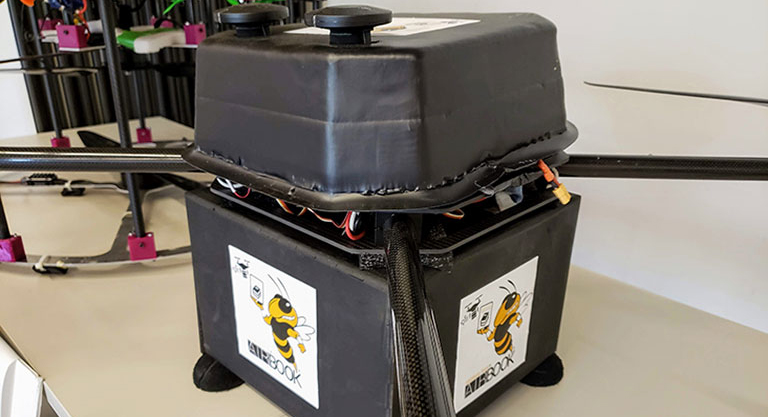
"UAS have rapidly permeated architecture, engineering, construction (AEC) and facility management (FM) practices over the past several years and projections indicate the continued growth of their use within these fields beyond the foreseeable future," said School of Building Construction associate professor and symposium organizer Javier Irizarry.
According to statistics compiled by the UAS mapping software company DroneDeploy, there was a 239% increase in the adoption of UAS technology from 2017 to 2018 in construction alone.
"Given the significant increase in the use of UAS in professions and industries associated with the built environment, research on many topics related to this disruptive technology has also naturally increased," Irizarry said.
"Many operational protocols have been well established for use case applications such as site mapping and modeling through photogrammetry, and building analysis and documentation of construction progress."
In exploring the UAS market, a study by global management firm McKinsey & Company reports big tech companies are in search of industry-specific solutions as it relates to construction-technology.
"The field of UAS in the built environment is in nascent stages of development and has the potential to alter future standards of practice on numerous fronts. As processes of design, engineering, construction, and facility management continue to evolve into increasingly elaborate forms of multi-system collaboration and workflows reliant upon real-time sharing of information and data, it appears that the development of ever more complex use applications of UAS in the built environment will continue to both expand and diversify," said Irizarry.
"The question at hand is, what's next?"
Georgia Tech Brings AEC Influencers Together
The full-day symposium brought innovative research and engaging discussions from industry and academic leaders. They assembled to share knowledge, expertise, and UAS advancements in industrial and commercial building sectors to further academic work.
"It was exciting to see, for the first time, a group of researchers and industry professionals in the AEC+FM domain come together to share the latest in research and application of drone technology in the built environment," said Irizarry. "It was even more exciting to work as a group to develop a vision of what is next for drones in the AEC+FM domain, and how we can make the vision come true."
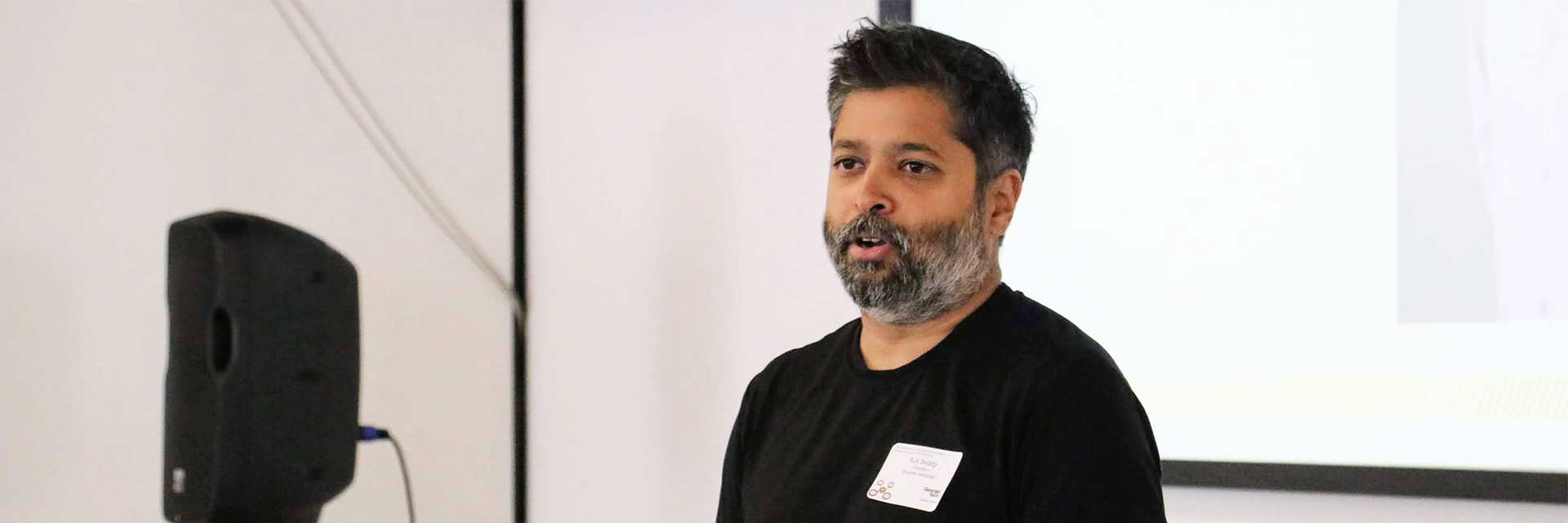
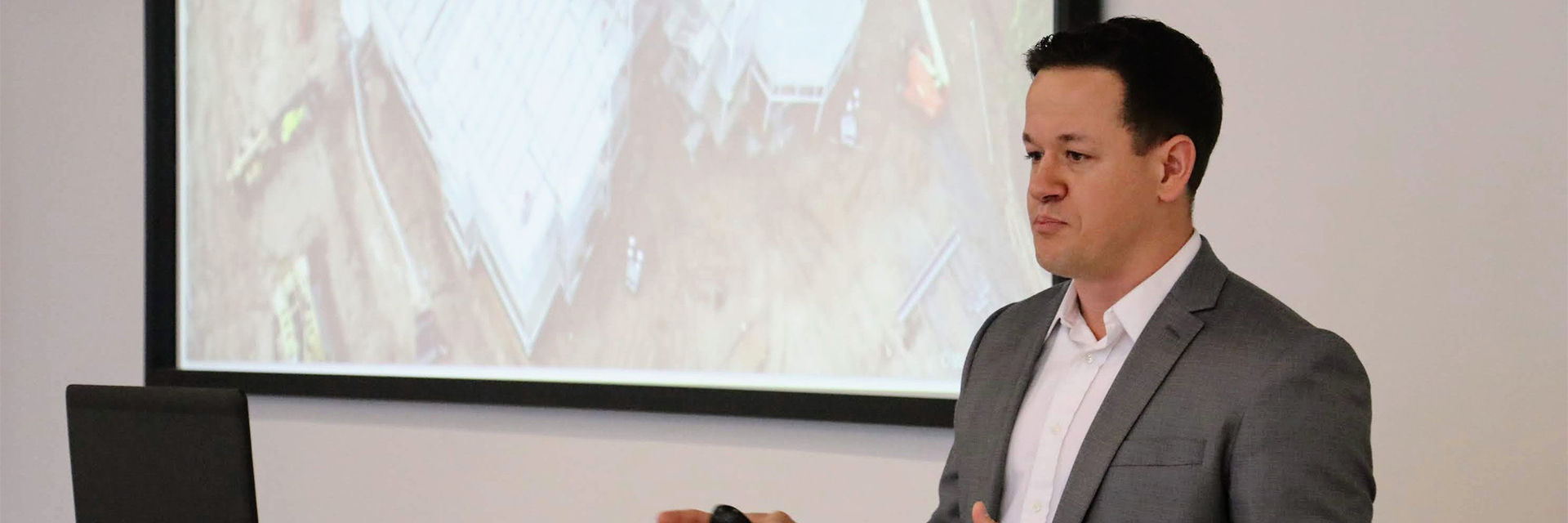
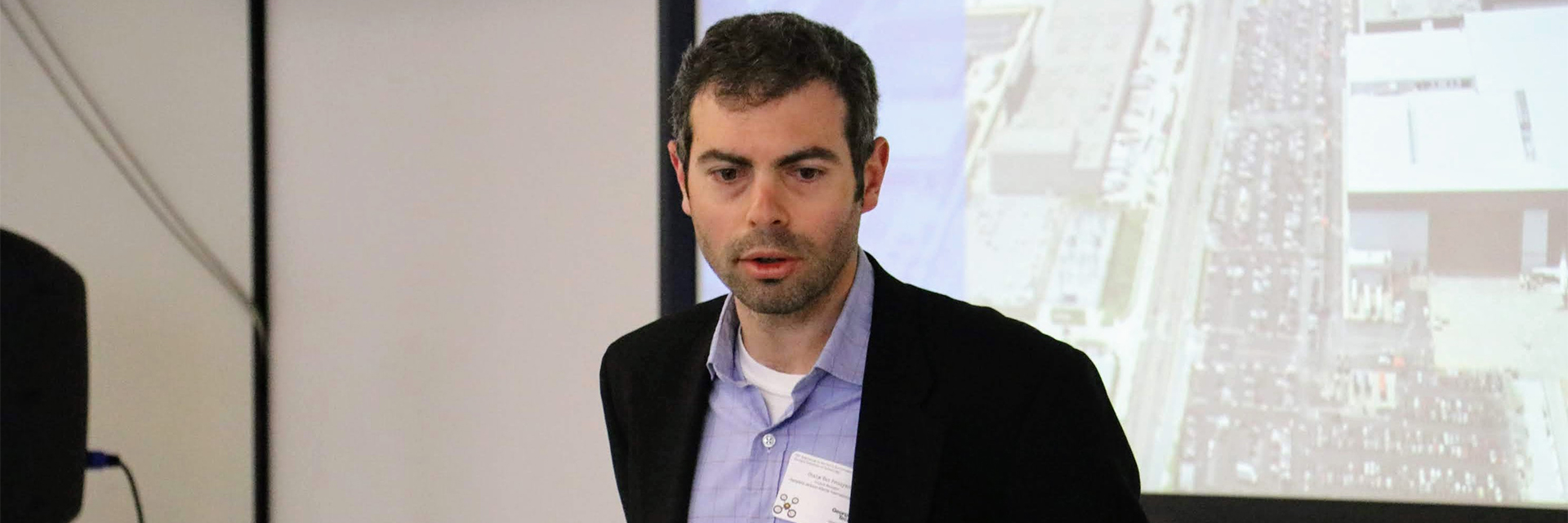
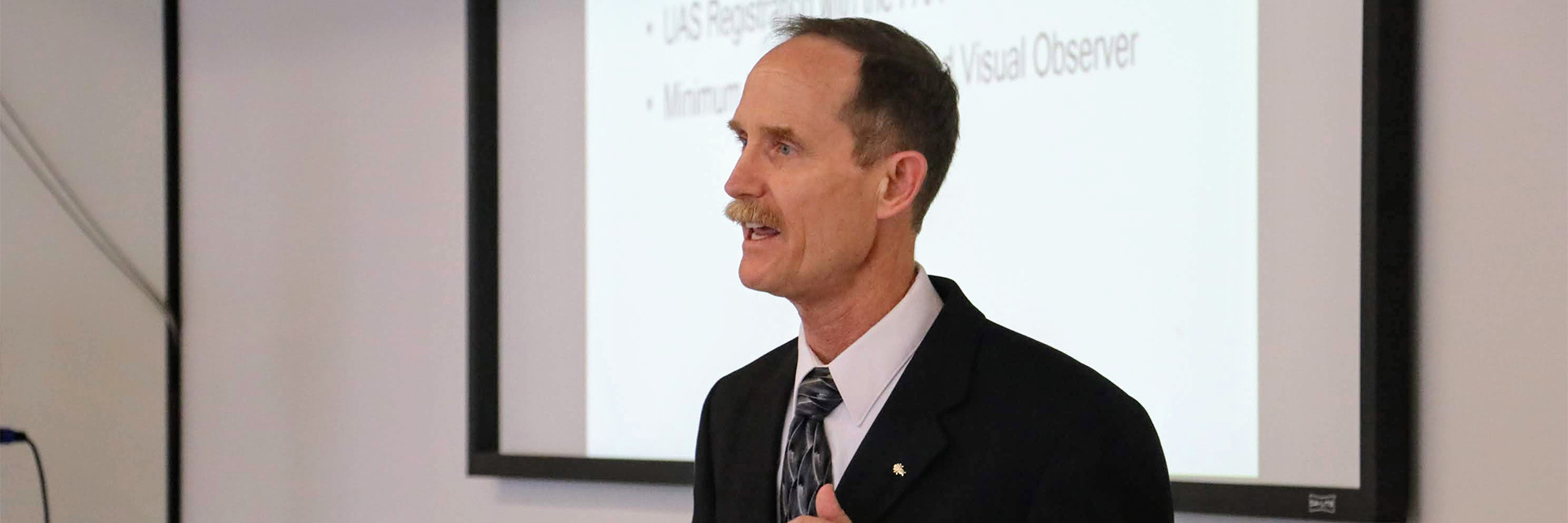
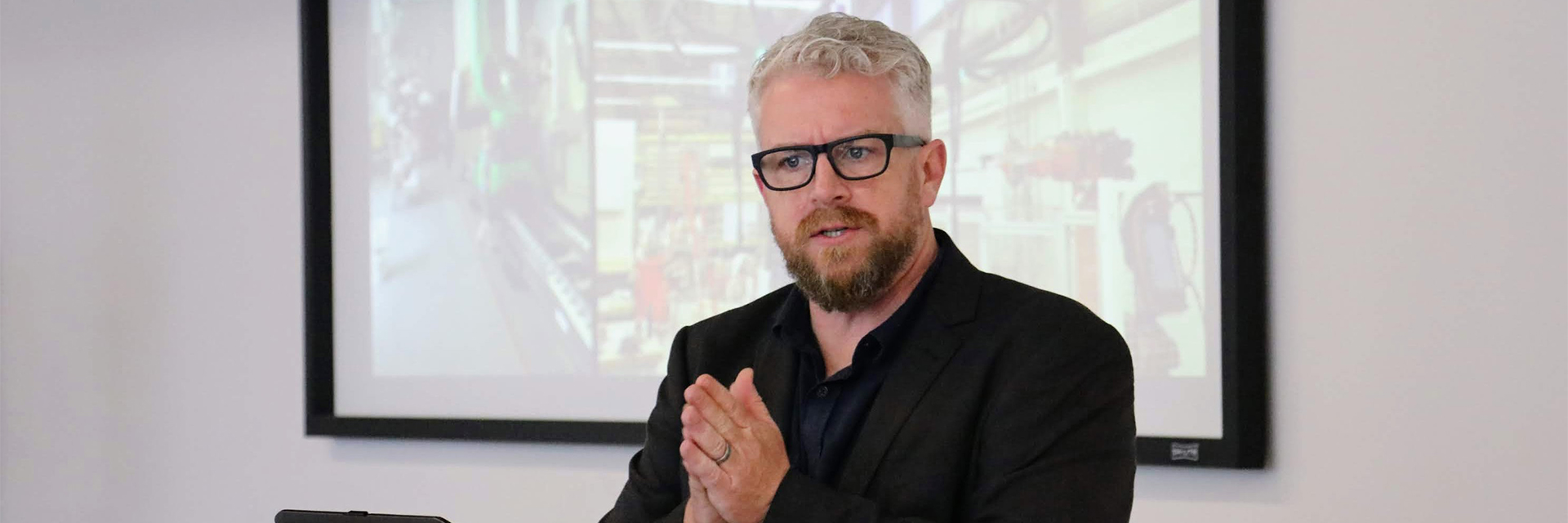
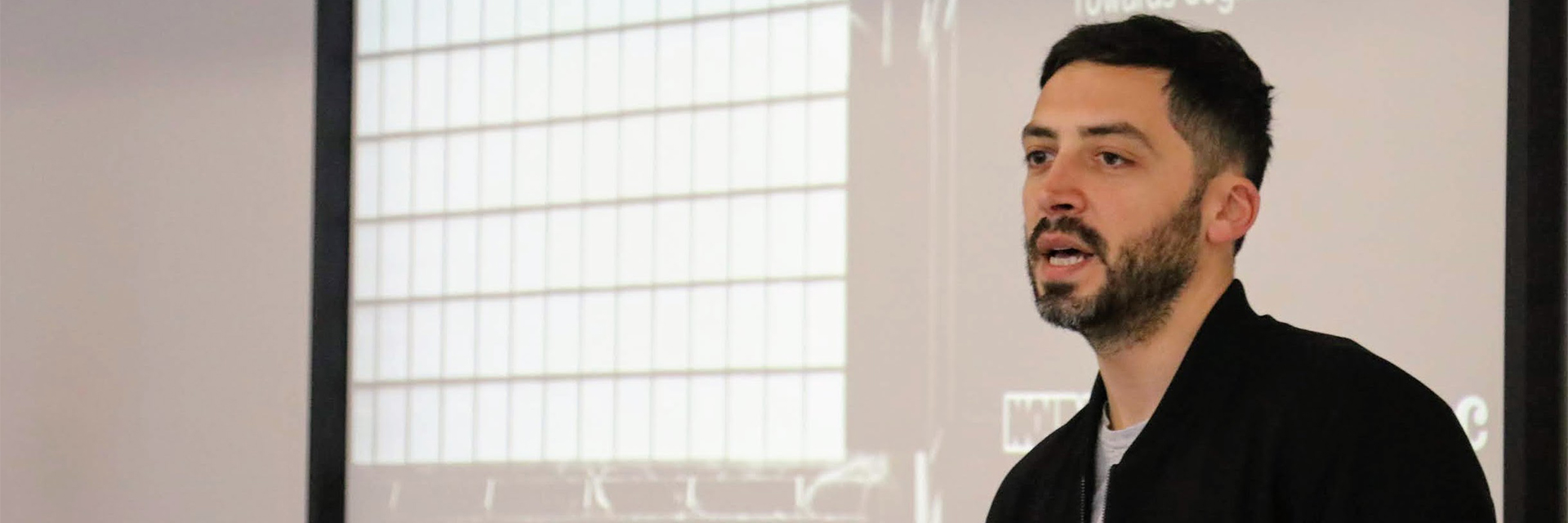
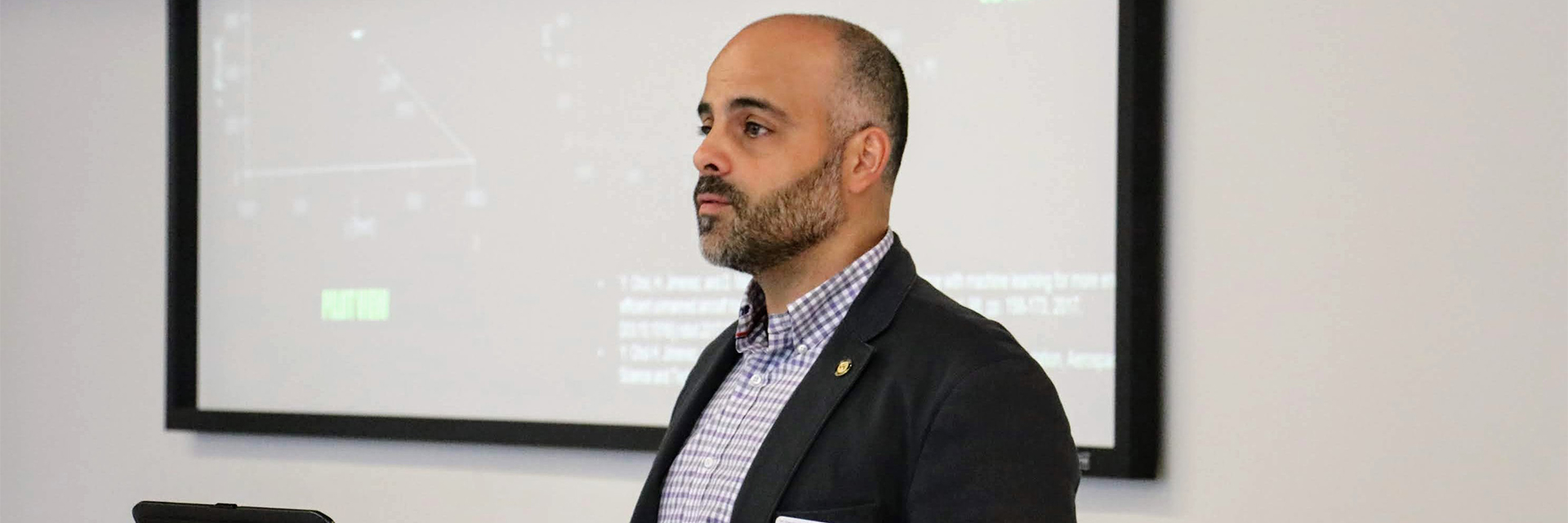

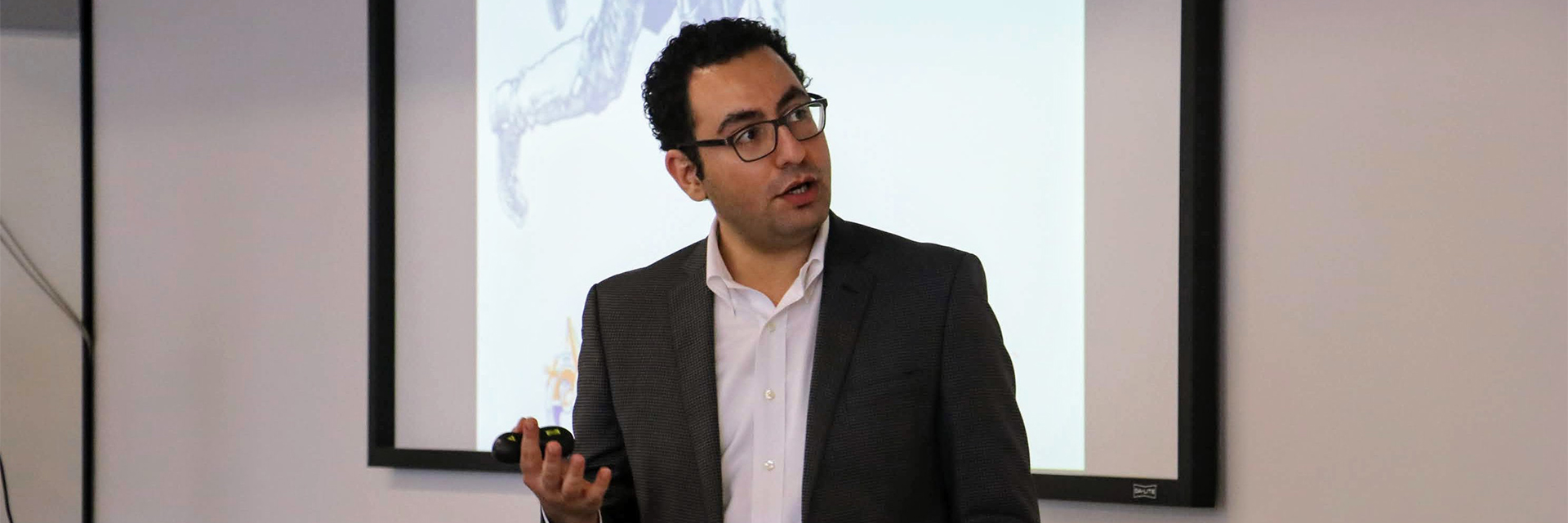
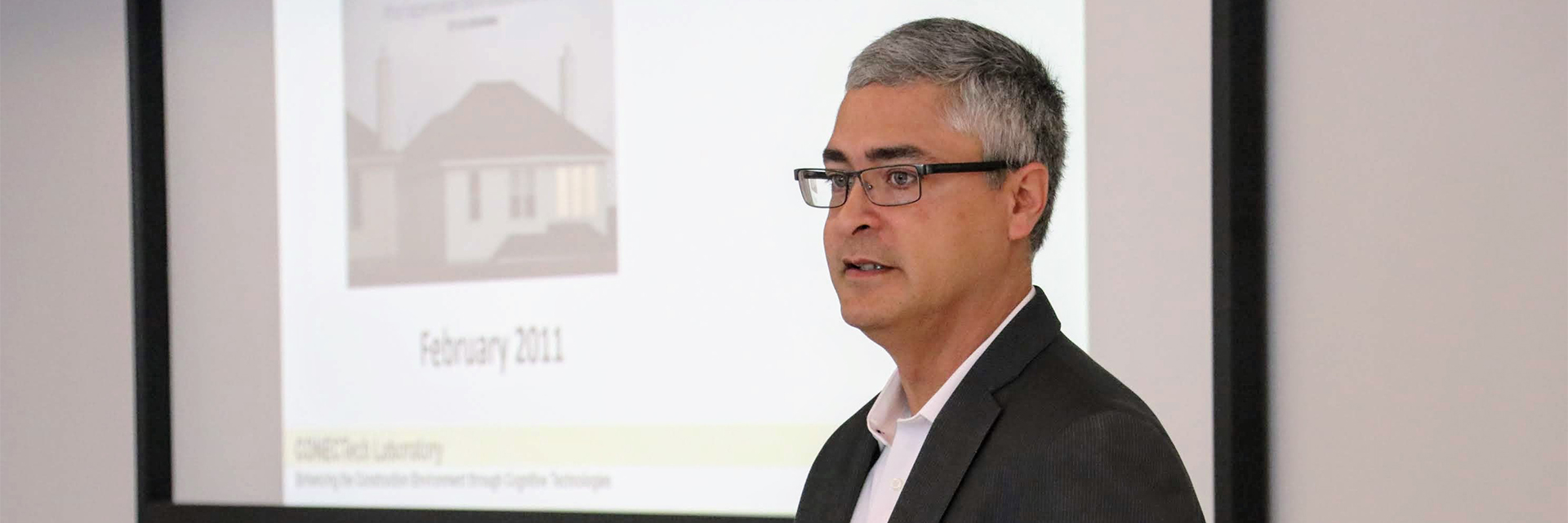
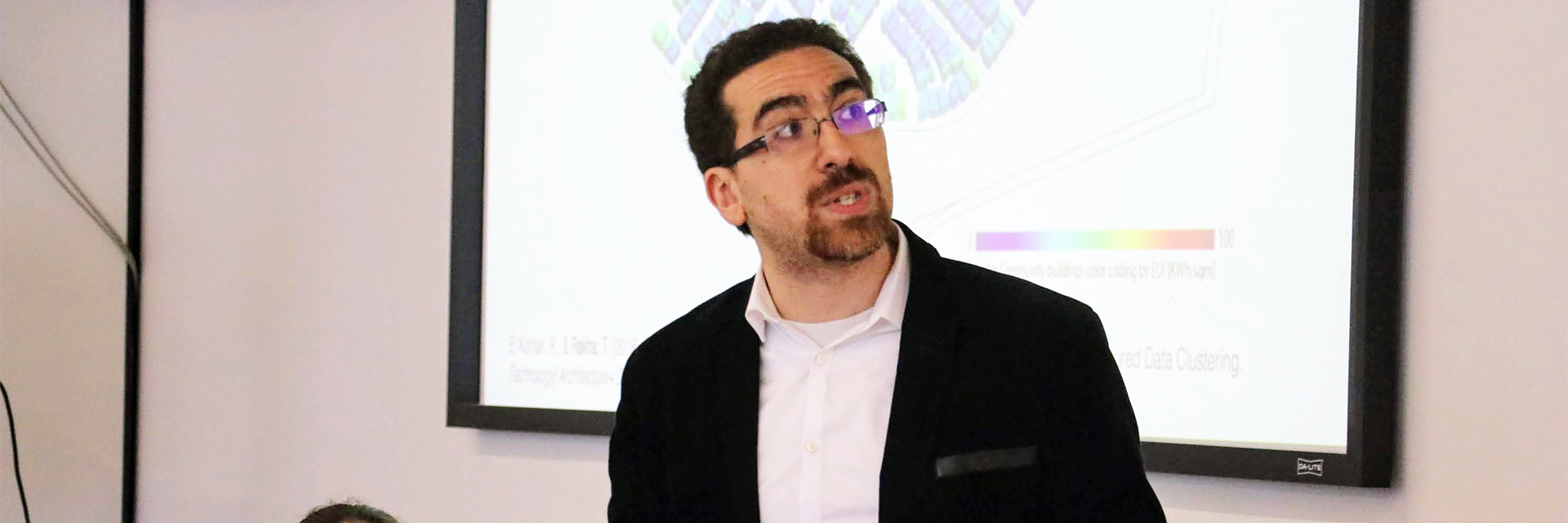


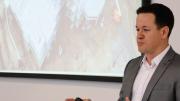
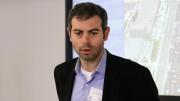

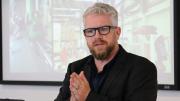



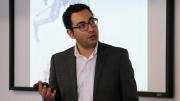
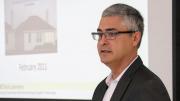

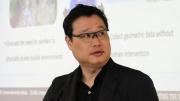
New Era: Drones in Construction
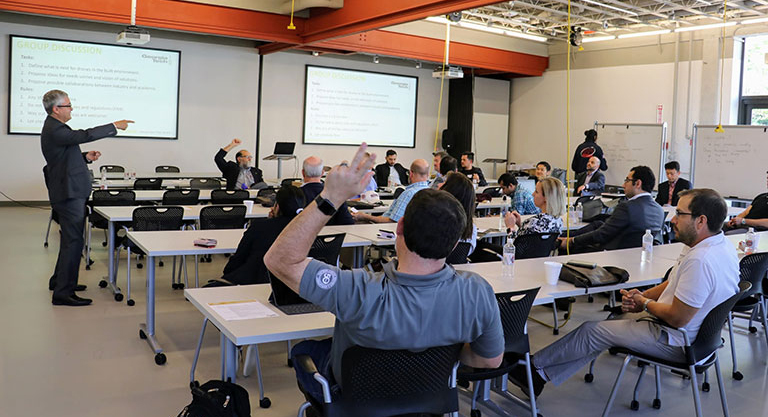
So, what's next for UAS in the built environment?
Drones depend on various technological facets to operate successfully. Collaborative efforts between computing, mechanical, and aeronautical engineering make up the critical components in developing these new autonomous helpers.
After the symposium, speakers, faculty, and students convened to discuss thought-provoking ideas for unmet challenges and visions of futuristic capabilities. Topics included large scale job sites, indoor inspections, machine to machine communication, material delivery, BIM interaction, data collection, and bio-drones.
"We are excited about the success of the First Annual Symposium on UAS in the Built Environment and the participation of many colleagues from industry and academia," said Irizarry.
"The presentations and discussions during the symposium will inform the research agenda and will set the tone for creating the next drone applications for the built environment. The School looks forward to next year’s symposium and learning the progress made in such a fast developing field."
Safety Net Questions
Have a Question for Us?